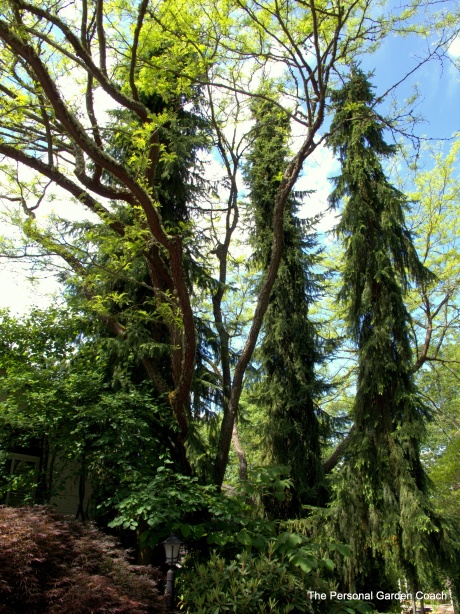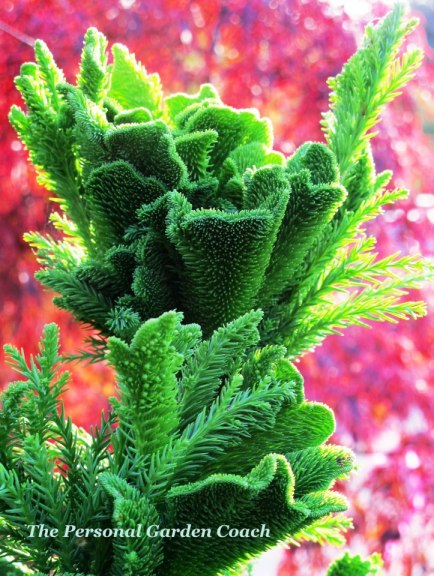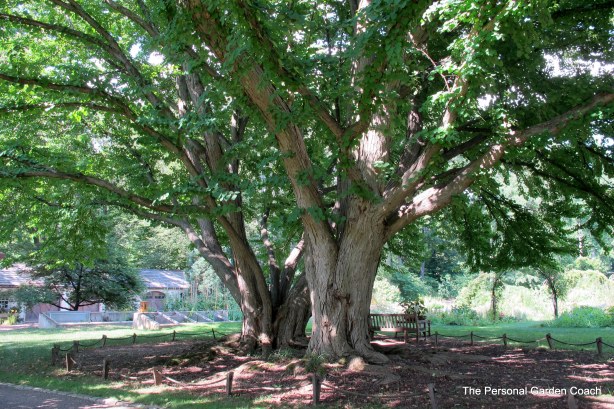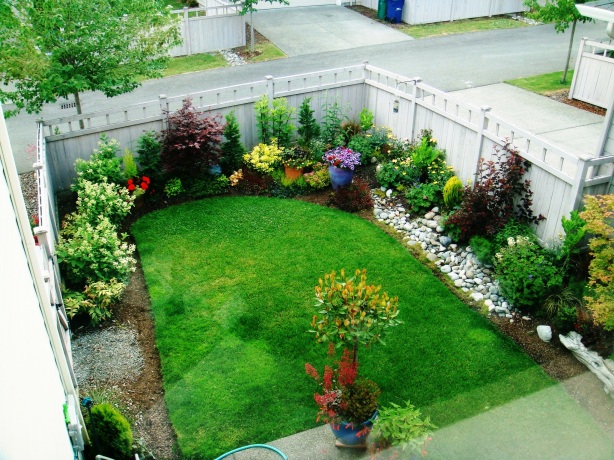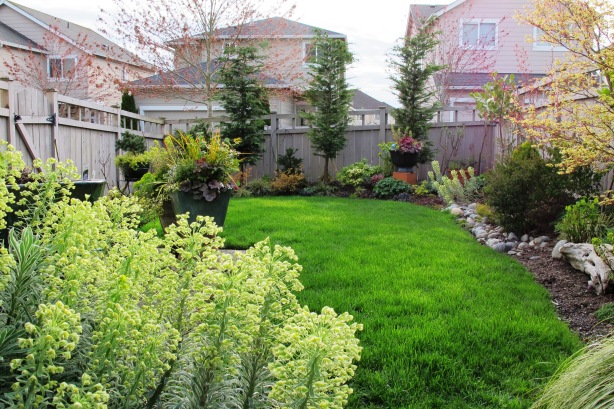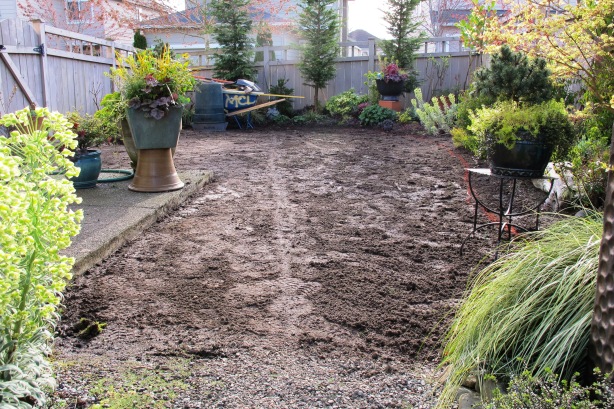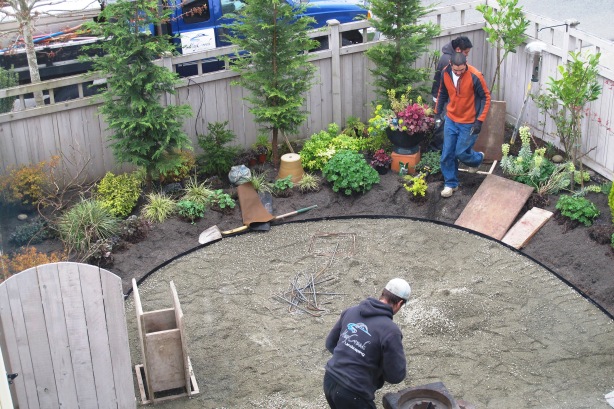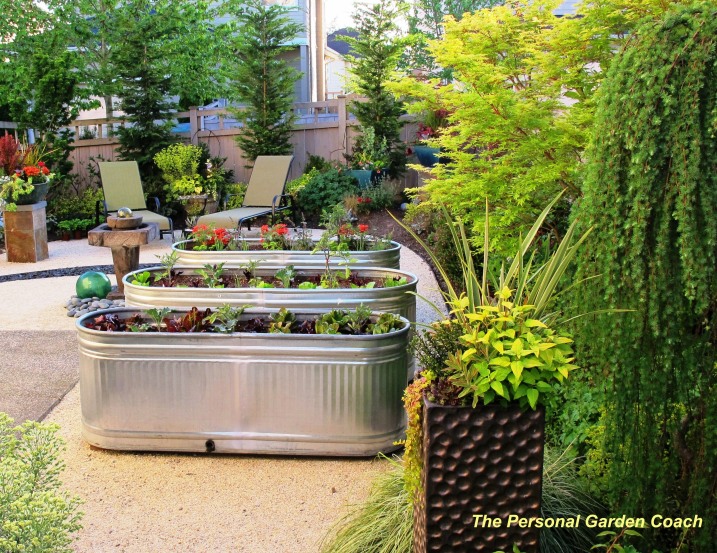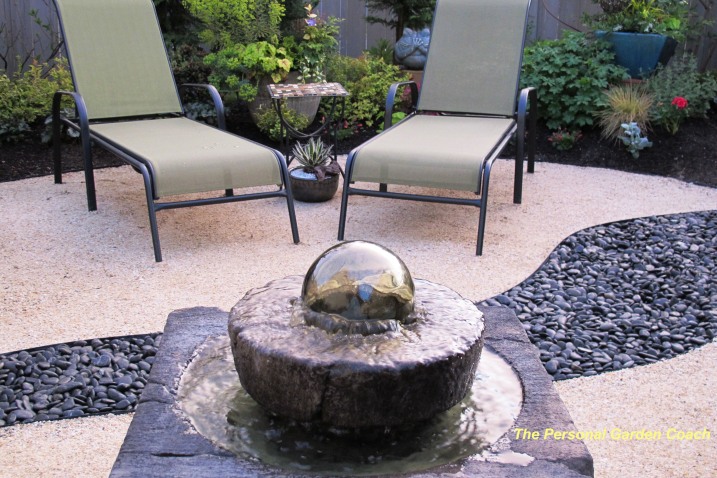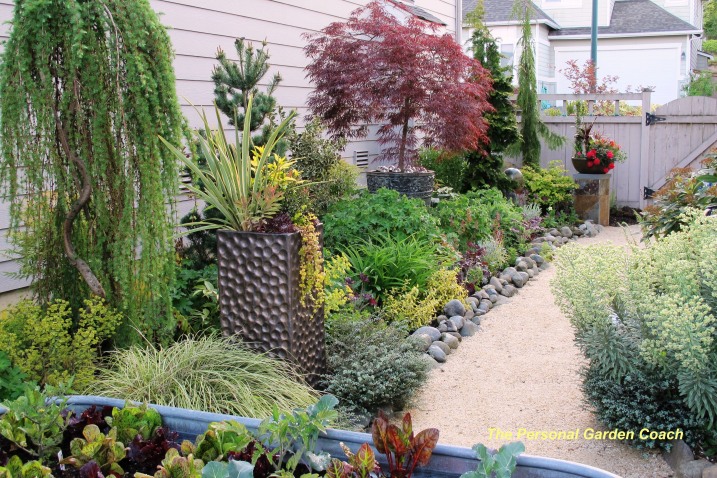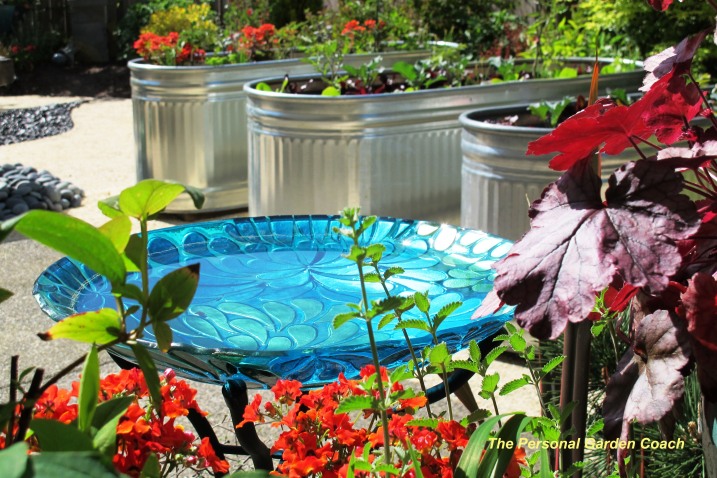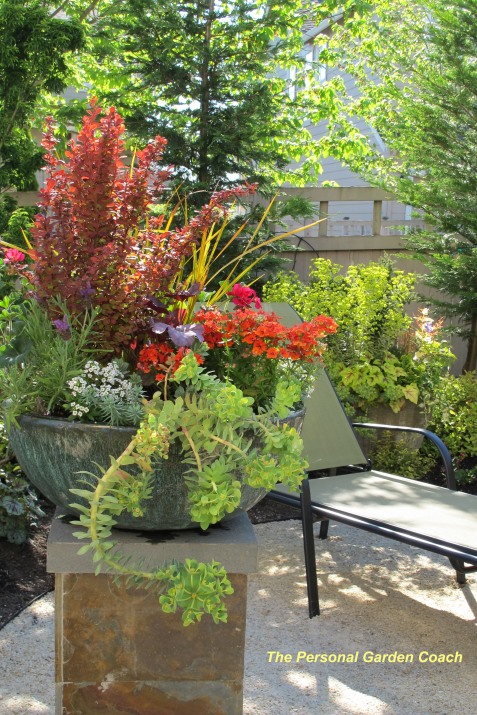There seems to be a time cycle in gardens and landscapes of about 10 years. Whether you live in a new neighborhood or an established area of homes, where landscapes ebb and flow with changes and age. New people move into the neighborhood, older neighbors move out and the landscape still remains there growing and changing. But, we often forget to take the long view in the life of large plants like trees. Our Homeowner’s Association’s could stand to take note here.
While we move though our busy lives, trees and shrubs mature and we often don’t realize that they were either planted too close to the house, just planted improperly or are in need of some kind of attention. Either to prevent disease or damage from any number of things until a drastic change forces us to look at it straight on in the wallet.
Time and priorities often make us forgetful about taking the time to properly evaluate the potential damage that can happen to our gardens and properties in a dramatic winter storm of snow, wind or ice. Even a relatively mild climate like the Northwest can be hit by surprise events that cripple the city for days or sometimes weeks. These tend to be the times we look back and wish that we had taken steps to prevent the cost of what it will take to fix the damage.
For example, look at the place where this specimen Paperbark Maple broke. A good Certified Arborist could have helped in this situation. The homeowner here is absolutely heart-broken.


My thoughts in this post are focused not so much on a “How-to” fix the damage but on what money could have been saved and what damage could have been avoided by being even a little bit pro-active in the care and planting of large trees and shrubs before they are irrevocably damaged or hurt. This is an expensive way to operate in home landscape costs and potentially in property insurance or just plain labor to have them removed or replaced.

Here in my area, we recently had a snow, ice and wind event all at the same time during the course of one week. The season had been very warm up to that point thanks to the La Nina winter. But, the experts had also warned us that this would also bring much more stormy conditions as well. When all was said and done, we got power back, everything thawed and when we took a good look around the damage was sad to say the least.
Such an incredible amount of damage could have been avoided by truly simple maintenance done by experienced professionals or a well-trained homeowner – easy!
 If you look carefully note that almost every single branch broke where it had been subject to rot.
If you look carefully note that almost every single branch broke where it had been subject to rot.
 Thinning out heavy trees such as Maples can keep heavy ice and snow weight from breaking and snapping large branches. Also, making sure that the central leader is not competing with another can keep this kind of damage at bay.
Thinning out heavy trees such as Maples can keep heavy ice and snow weight from breaking and snapping large branches. Also, making sure that the central leader is not competing with another can keep this kind of damage at bay.
This neighborhood had an entire boulevard of this type of maple tree planted 12 years ago when the builder designed it. I’m sure the landscapers got a terrific deal on 12 foot tall saplings at the time, planted them and that was it. Now there is not one tree on the entire street that is not badly damaged.
The “Maintenance” crew is not trained in taking proper care of trees other than cleaning up a broken branch here or there and raking fall leaves. If the neighborhood had taken the time to hire an Arborist even once every 3-4 years, much of the damage could have been prevented.

This is a great example of a tree planted without adding enough additional soil over the hard-pan clay for it to get anchored. In addition to being planted far too close to the house, this is why I call these situations “The Builder’s Special”. It is incredibly common for trees to begin having problems at about 10 years of age in a stressful period like a storm.
The moral of this story is that you can’t prevent ALL damage from a storm event, but you can be conscious about expensive (in labor, time, and money) and mostly preventable “Reality Checks” with the status of the larger, long-term plant residents in your garden. Give them the respect and care they deserve, for they will most likely be there long after you have moved.
Here is a link with excellent information and references for proper care for trees and plants, one of the Horticultural Heroines of our time; Cass Turnbull of Plant Amnesty.
For a much more humorous take on a “Reality Check” for our landscape, visit my friend and fellow writer Billy Goodnick at his Facebook Page: “Crimes Against Horticulture, When Bad Taste Meets Power Tools” .
For a VERY broad range of interpretations on this months theme for The Garden Designer’s Roundtable “Reality Check” please follow the links below for my fellow Knights and Ladies of the Roundtable below. They have been quite creative on this one!!
David Cristiani : The Desert Edge : Albuquerque, NM
Jocelyn Chilvers : The Art Garden : Denver, CO
Susan Morrison : Blue Planet Garden Blog : Easy Bay, CA
Andrew Keys : Garden Smackdown : Boston, MA
Susan Cohan : Miss Rumphius’ Rules : Chatham, NJ
Rebecca Sweet : Gossip In The Garden : Los Altos, CA
Christina Salwitz : Personal Garden Coach : Renton, WA
Shirley Bovshow : Eden Makers : Los Angeles, CA
Genevieve Schmidt : North Coast Gardening : Arcata, CA


